Known Defects and Grading6458
 Collector Collector
|
rtdcomics private msg quote post Address this user | |
| Anyone had much experience with comics with known printer defects. Im curious what the situation is when a comic with a known defect is given a 'pass' and the defect is not taken into account when grading. For example lets take Action Comics #1000 with known issues. If the spine damage was considered 'known printer damage' and ignored during grading resulting in a 9.8 for example does this mean that copies without any damage get a higher grade or are they typically still potentially only get a 9.8? I know retailers were claiming it was printer damage but all of mine were literally perfect. |
||
| Post 1 • IP flag post | ||
 Collector Collector
|
AtlasLad67 private msg quote post Address this user | |
| I doubt non defective books get a higher grade. My problem is that books should NEVER get a pass for a printer's defect. It's a defect. There should never be a qualified grade and let's face it , 9.9 & 10.0 books do NOT actually exist. EVER. I've seen so many misgraded comics that I think the only use for slabbing a comic is conservation. I'd only buy slabbed key GA SA & BA books. ANY book published after 2000 that you're slabbing is generally a $1-$5 comic that you're deluding yourself with about its value | ||
| Post 2 • IP flag post | ||
 Collector Collector
|
Wraith private msg quote post Address this user | |
| What's the deal with the action 1000 defect... I've got a few with that squiggly line in the bottom corner. No two are the same either Is that not being down graded? |
||
| Post 3 • IP flag post | ||
 Collector Collector
|
Darkga private msg quote post Address this user | |
| I've gotten a 9.6 on a modern book with a "light production crease" before. | ||
| Post 4 • IP flag post | ||
 Collector Collector
|
rtdcomics private msg quote post Address this user | |
| @AtlasLad67 personally I agree that a defect is a defect and should effect grade. If that means the highest grade for one book is a 7.0 then that becomes the benchmark for collectors and value. regarding delusion not everyone is grading/collecting purely for financial value. The majority of Action Comics #1000 for example were of no value but some chose to buy/collect them for the nostalgia. I would personally rather have a 9.8 than a 8.0 for any book i collect. @Wraith there were many on the day of release that found quite extensive damage to the spine corner and a lot of retailers had not pre-warned them, instead putting this down to the printers and suggesting most copies were effected. Like you said though most copies were different levels of damage or positioning so a strange one to classify as a standard defect. |
||
| Post 5 • IP flag post | ||
 Collector Collector
|
AtlasLad67 private msg quote post Address this user | |
| IF a grading company EVER appears that gives Larson , D & Mile High copies a 4.0 ( THEIR ACTUAL GRADE ) for writing on the cover that isn't an arrival date then THAT will be MY grading company. | ||
| Post 6 • IP flag post | ||
 Collector Collector
|
michaelekrupp private msg quote post Address this user | |
| How do you feel about a pencilled arrival date? | ||
| Post 7 • IP flag post | ||
 Collector Collector
|
TimBildhauser private msg quote post Address this user | |
Quote:Originally Posted by AtlasLad67Writing on the cover doesn't automatically drop the grade of a book to 4.0. You have to take into account how much writing it is, what it is, how it affects the overall eye appeal of the book etc. If it's a case of the writing bothering you personally that much I can understand your point of view. However, that's not how certified grading works. We determine the grade based on what the majority of collectors & dealers are willing to accept. If we based it on one persons preference it would be utterly pointless to grade anything at all. |
||
| Post 8 • IP flag post | ||
 Collector Collector
|
rtdcomics private msg quote post Address this user | |
| @TimBildhauser could you please add comment on the original issue of whether a non-damaged version of a 'known defect' comic is graded the same or if their higher condition is considered even better than standard conditioning. | ||
| Post 9 • IP flag post | ||
 Collector Collector
|
AtlasLad67 private msg quote post Address this user | |
| Arrival dates have always been acceptable. But yes according to ALL grading standards before slabbing started to push prices high writing on the cover got books graded at vg. Pay what you want for a book but NEVER be deluded by it's actual grade | ||
| Post 10 • IP flag post | ||
 Collector Collector
|
michaelekrupp private msg quote post Address this user | |
| I know that many of the Church books have a small check mark on them and the Crippen copies often have an unobtrusive “D” marking, neither of which are bigger or more obtrusive than a pencilled date. In the case of the Larson books you may have a better point as there is usually more and bigger writing on the covers. | ||
| Post 11 • IP flag post | ||
 Collector Collector
|
AtlasLad67 private msg quote post Address this user | |
| A lot of MH books have numbers written on them by Chuck Rozanski as a code when he started sorting the books. To me if there is a letter , name , stamp that isn't an arrival date or any such thing on the fc bc or interior then it greatly affects the grade. Oh and a brittle book is at best a 1.0 imo lol | ||
| Post 12 • IP flag post | ||
 Collector Collector
|
michaelekrupp private msg quote post Address this user | |
| No argument on the brittleness issue. However I can’t agree that a comic with like new cover gloss and stone white pages should be graded vg because of a tiny amount of writing no bigger than a pencilled date. | ||
| Post 13 • IP flag post | ||
 Collector Collector
|
TimBildhauser private msg quote post Address this user | |
| @rtdcomics The best answer I can give you is that production defects affect the grade in some cases but it depends on the type & severity of said defect. There's a certain amount of leniency given to things that are an effect of manufacturing. | ||
| Post 14 • IP flag post | ||
 Collector Collector
|
Darkga private msg quote post Address this user | |
Quote:Originally Posted by AtlasLad67 I feel that if you view writing as a defect then you need to be consistent. That would mean arrival dates, Yellow Label signature books, and any ink not present when the book was printed. Otherwise you are picking winners and losers just like the grading companies. |
||
| Post 15 • IP flag post | ||
 Collector Collector
|
TimBildhauser private msg quote post Address this user | |
Quote:Originally Posted by AtlasLad67If you have and Larson, Church or Crippen books and you grade them at 4.0 because of the writing I'll gladly pay you 6.0 prices for them. |
||
| Post 16 • IP flag post | ||
 Collector Collector
|
michaelekrupp private msg quote post Address this user | |
| Well said! | ||
| Post 17 • IP flag post | ||
 I bought a meat grinder on amazon for $60 and it's changed my life. I bought a meat grinder on amazon for $60 and it's changed my life.
|
kaptainmyke private msg quote post Address this user | |
| word on that | ||
| Post 18 • IP flag post | ||
 Captain Corrector Captain Corrector
|
CaptainCanuck private msg quote post Address this user | |
| @TimBildhauser Quote: Originally Posted by TimBildhauser This is very interesting, can you expand on this? a) How exactly is this consensus reached? b) What if collector’s & dealer’s grade expectations change over time, wouldn’t that render previously graded slabs inaccurate? |
||
| Post 19 • IP flag post | ||
 Collector Collector
|
thelastbard private msg quote post Address this user | |
| Personally, I think there is a difference between a printing, production, and handling / shipping issue... A printing defect could be a line that shows up in every copy of a book in the exact same spot. Not indented, just a white, black, CMYK, or whatever... If every book has it (no exceptions), that would be a known defect, and should be accepted and excluded from consideration. A production defect would be a binding issue, creases, double covers, staple issues, and whatever other kind of garbage you may come up with. We see them creep up in thicker books (ASM 800 and Action Comics 1000 are the most recent) and also some of the smaller print run variants sometimes where cover plate changes are required (Teen Titans 12), BUT some of those could also be lamed on the next issue. I believe those should always be graded as a normal book, even if they impact 99.9% of the copies. As mentioned above, there may be people throughout the country stating, "all copies are impacted," yet some have pristine copies somehow." Handling / Shipping issues, regardless of if they impact 99.9 percent copies, should be graded as usual. I see it happen regularly where retailers and consumers complain about every copy they receive or every copy on the shelf or, "nothing is grading above XXXX," but it doesn't matter. It just means that those books will be that much more rare SHOULD they grade higher. Such is life. If the highest grade possible happens to be a 9.0, such is life. Think about those silver and gold metallic covers coming out in cons these days. Should CBCS and CGC give them a pass because they tend to run gritty or scuffed, even if they are from a stack of pure, bagged copies? No! That's my soapbox... Stepping off. |
||
| Post 20 • IP flag post | ||
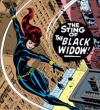 I’m Kinda Married To A Celebrity. I’m Kinda Married To A Celebrity.
|
00slim private msg quote post Address this user | |
| Intrigued by this discussion, check out what the 2014 Overstreet Grading Guide says about Stamps, dates & intials. I thought they were allowed up to a 7.0, maybe even 8.0. Here are pics on the grades from 9.0 to 9.9. Note the word “inconspicuous” is used on the higher grades, but the fact they’re allowed at all (according to Overstreet) on such high grades was a surprise. Does anyone have a later edition? I wonder if they’ve adjusted this in later Overstreet Guides? 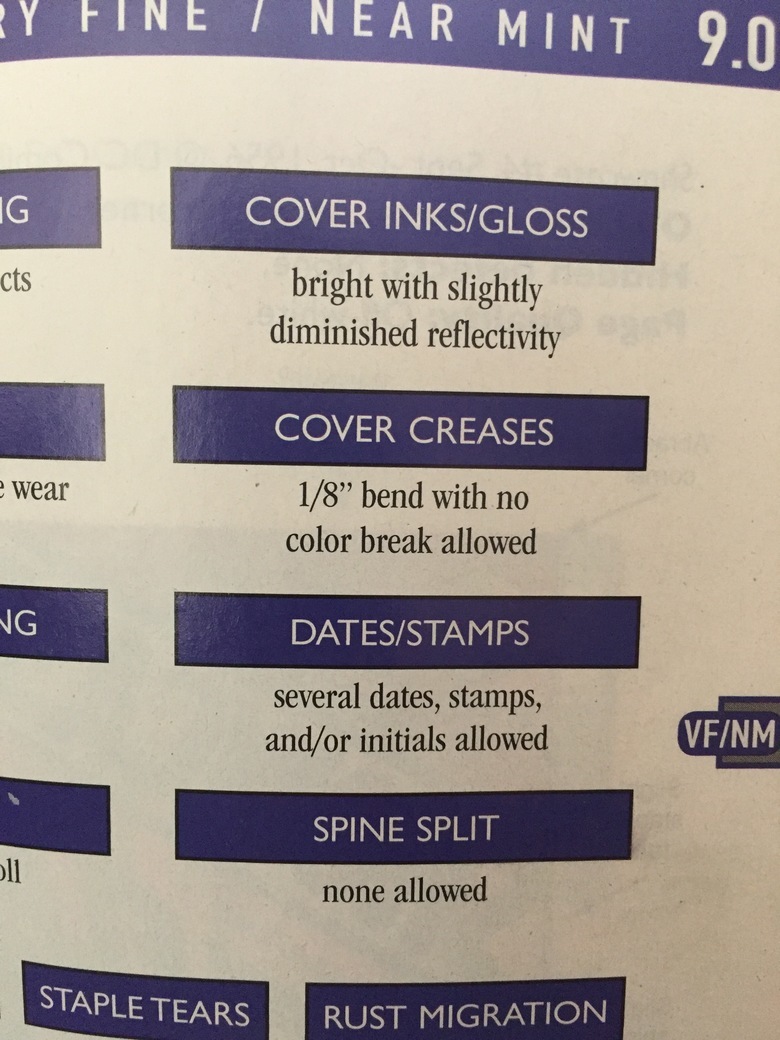 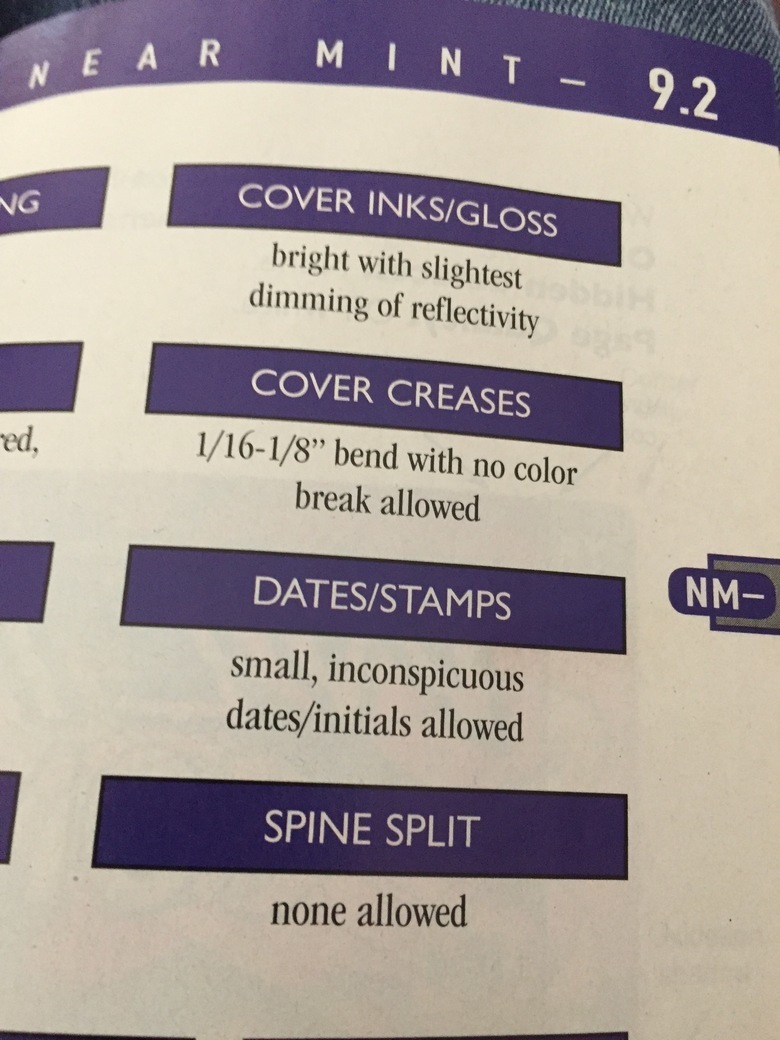 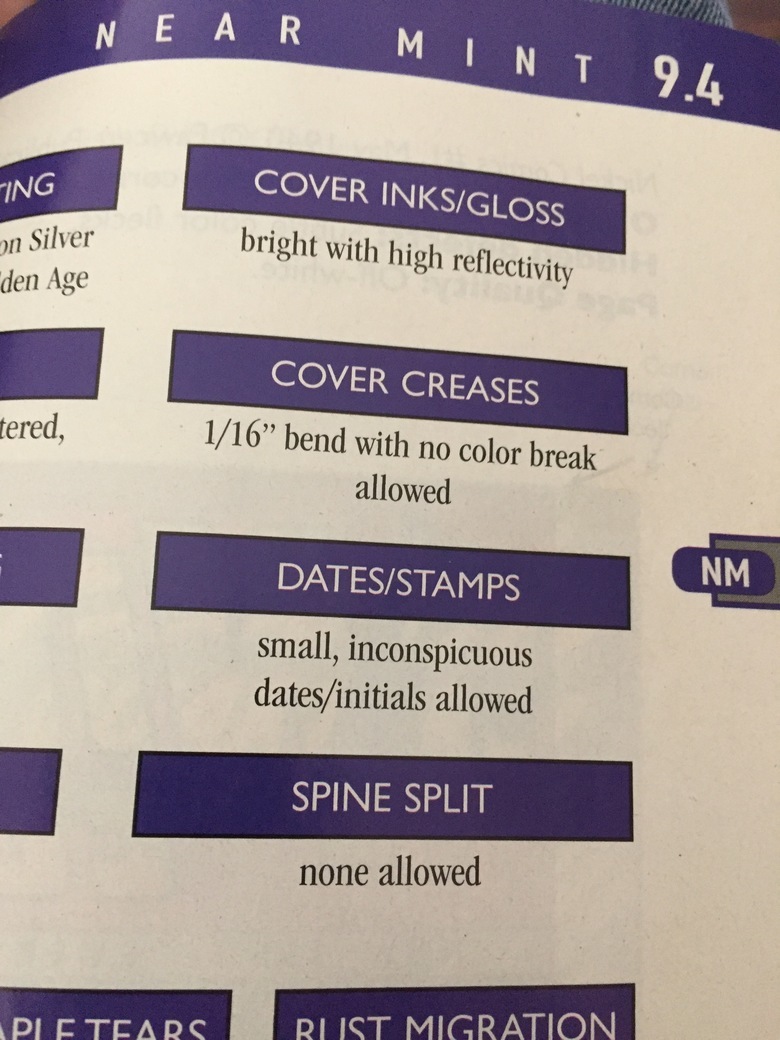 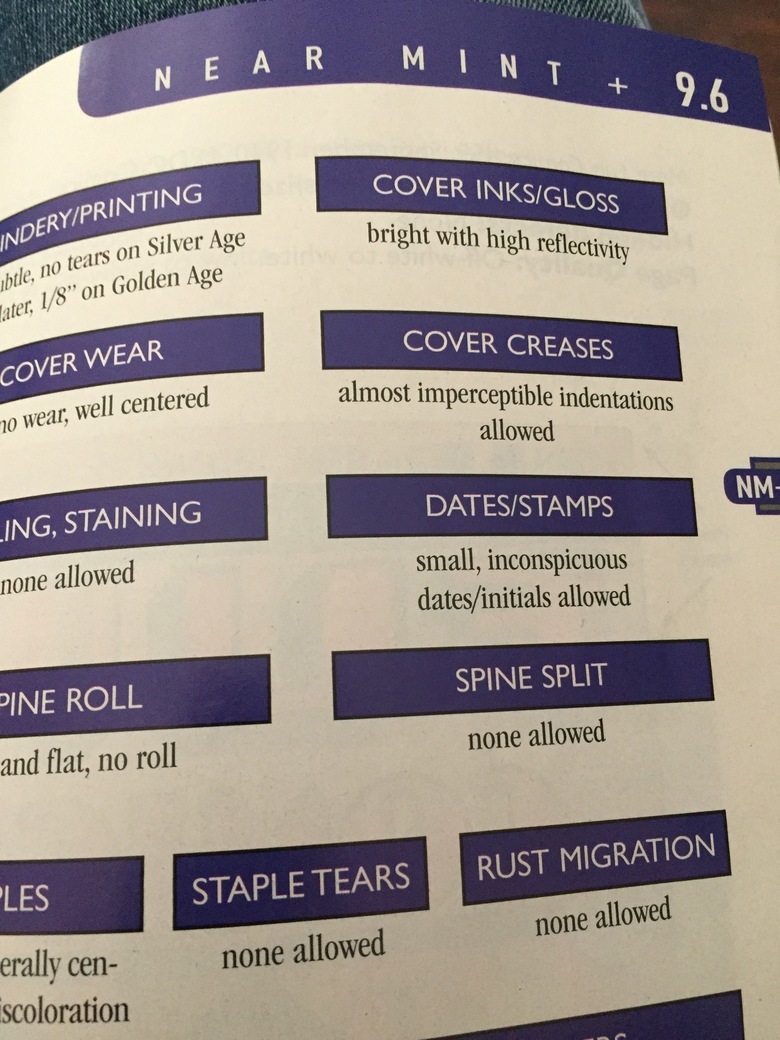 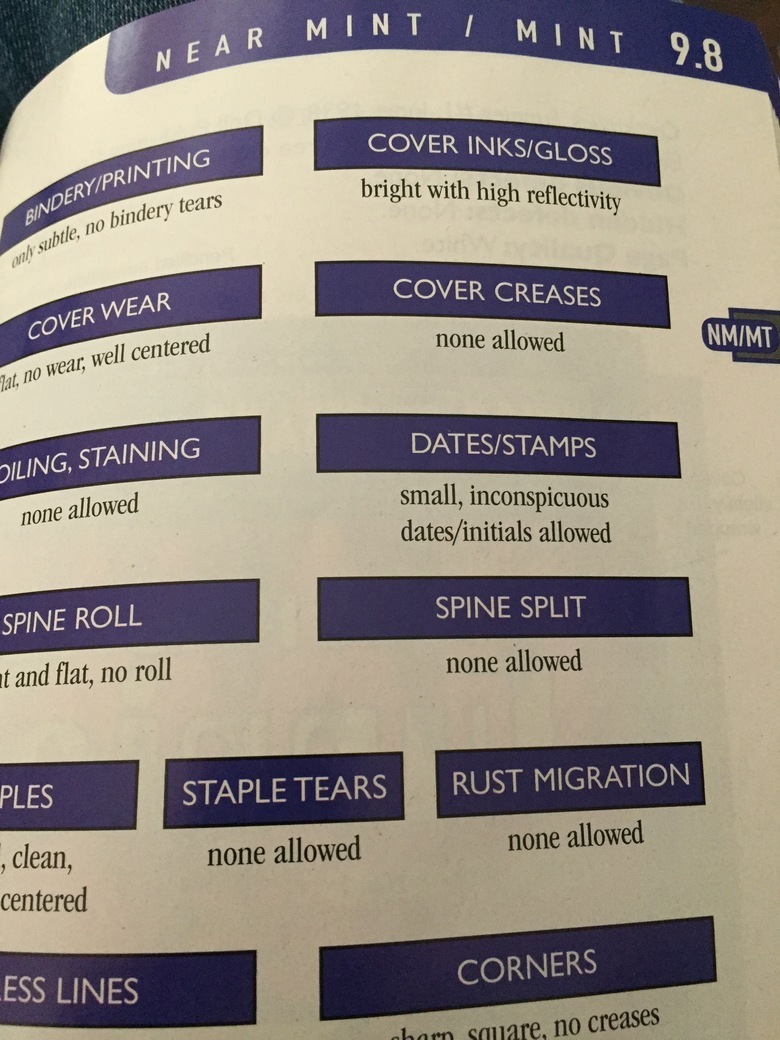  |
||
| Post 21 • IP flag post | ||
 COLLECTOR COLLECTOR
|
shrewbeer private msg quote post Address this user | |
| This is where CGC and CBCS differ. There was a thread here last year some time discussing something Steve Borock said about this very subject. I don’t remember the exact quote, maybe someone else can find it. Highly paraphrased... “if I can throw a rock at a comic convention and hit one without the defect, the defect does not get a pass” |
||
| Post 22 • IP flag post | ||
 Collector Collector
|
thelastbard private msg quote post Address this user | |
| @shrewbeer I like it... We should be able to hold two graded books next to each other and figure out why they were graded the same. It might be tricky sometimes, but "gimme" grades I hate... even if they're my books. Heck, especially if they're my books. | ||
| Post 23 • IP flag post | ||
 -Our Odin- -Our Odin-Rest in Peace |
Jesse_O private msg quote post Address this user | |
Quote:Originally Posted by shrewbeer @shrewbeer That came from a letter written about the CBCS Grading seminar by Stephen Bagley. 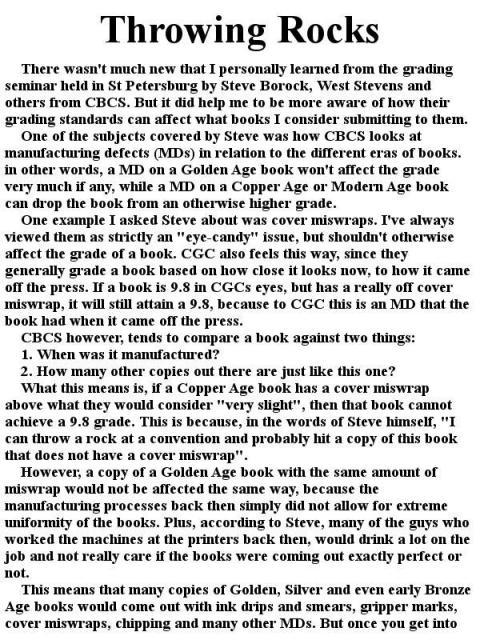 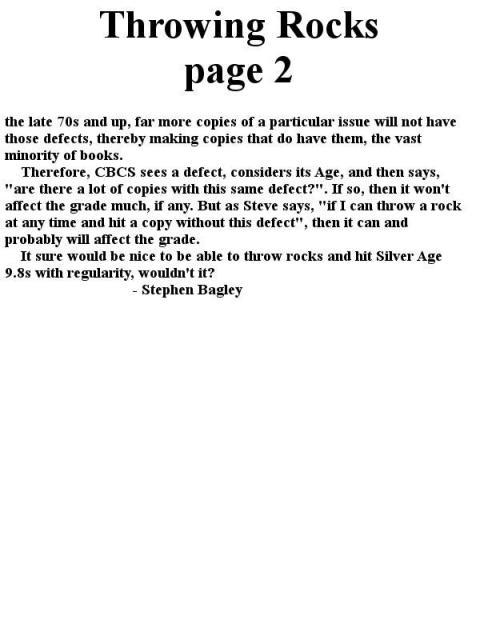 |
||
| Post 24 • IP flag post | ||
 Collector Collector
|
thelastbard private msg quote post Address this user | |
| @Jesse_O Now, that does make sense! These would fall into acceptable production defects given the age of a book. Good to know. | ||
| Post 25 • IP flag post | ||
 COLLECTOR COLLECTOR
|
shrewbeer private msg quote post Address this user | |
| @Jesse_O thanks! That sums up CBCS’s stance on this issue very well | ||
| Post 26 • IP flag post | ||
 Collector Collector
|
TimBildhauser private msg quote post Address this user | |
Quote:Originally Posted by CaptainCanucka) You have to keep in mind that there are a large number of dealers we talk to on a regular basis. When one of them voices an idea about how much something impacts the grade on a particular book it's not too difficult for us to discuss it in the grading room and get feedback from other dealers as well. b) It potentially could but is unlikely to ever be something that would drastically affect the grade that much. |
||
| Post 27 • IP flag post | ||
 Captain Corrector Captain Corrector
|
CaptainCanuck private msg quote post Address this user | |
| @TimBildhauser Thanks! |
||
| Post 28 • IP flag post | ||
 Collector Collector
|
DocBrown private msg quote post Address this user | |
| Context, as always, is everything. "Samantha" scribbling her name in crayon on the cover of a book is not even remotely the same thing as the newsstand that Larson haunted writing his name on them to reserve them for him. One is scribbling by someone thoroughly unattached to comics and comics history...the other is a marker which indicates that a book came from a particular, historically important, collection, at a time when virtually no one collected any comics of any kind. There were, perhaps, 10-20 people in the entire nation who would qualify as "comic book collectors" (and they certainly wouldn't have qualified themselves as such) in 1939 or 1940. Collecting comics then would have been as ridiculous to everyone as collecting popsicle sticks or fast food receipts today. "Why are you saving that? It's just trash. Throw it out, it's taking up space." |
||
| Post 29 • IP flag post | ||
 I live in RI and Rhode Islanders eat chili with beans. I live in RI and Rhode Islanders eat chili with beans.
|
esaravo private msg quote post Address this user | |
| @DocBrown - So in reality, the first comic collectors were hoarders. There are just a lot more of us now, and collectors sounds classier. | ||
| Post 30 • IP flag post | ||
This topic is archived. Start new topic?
